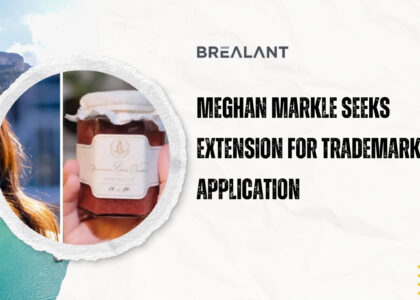

Patent Law’s Approach To AI: Finding The Way Forward
Artificial intelligence was primarily a hypothesis for the first several decades following the term’s coining at a 1956 Dartmouth University symposium. However, AI progress has been rapid since the late 1990s. We must evaluate how ownership of AI-driven creations is recognized and protected under international patent law and whether the technology itself should be attributed as a creator.
In the United States, there is an unanswered question.
In the United States, Title 35 US Code 101 specifies who is authorized to file a patent application:
- The law’s “inventions patentable” term defines authorship this way: “Whoever invents or discovers any new and useful process, the machine, manufacture, or composition of matter, or any new and useful improvement thereof, may obtain a patent therefor.”
- 2011’s America Invents Act modified this slightly, attributing patent permissions to “the individual or … the individuals collectively who invented or discovered the subject matter of the invention.“
No wording in any of those clauses prevents the United States Patent and Trademark Office (USPTO) from awarding patents that credit human inventors alongside any AI software, platform, or algorithm employed in their efforts. It is now hard to foresee whether the USPTO will perform such a thing, although it is not expressly prohibited.
Recognizing the need to address AI challenges concerning patent rights adequately, the USPTO established a public comment session in October 2019, which will end in mid-December. Further guidance on the problem is expected in 2020; therefore, American innovators and firms that rely significantly on AI should be prepared for any eventuality.
Debate in the United Kingdom and Europe
The patent regulations of the European Union now limit patent eligibility to “natural persons.” Nonetheless, applications submitted in August 2019 with the European Patent Office (EPO) and the United Kingdom Intellectual Property Office (UKIPO) on behalf of DABUS, an AI, put this to the test. Dr. Stephen Thaler of AI business Imagination Engines created the platform, which combines numerous neural networks to produce commercial ideas. The UKIPO was the first to reply, altering its regulations on October 28 to exclude the prospect of an AI being listed as an inventor. This knee-jerk reaction to the issue represents an obsolete line of thought. Still, with all agencies of the British government – including the UKIPO – concerned with Brexit, it is unlikely to change very soon.
On December 20, 2019, the European Patent Office (EPO) declared that it would not grant DABUS patent rights, citing the European Patent Commission (EPC) requirement that “an inventor listed in the application must be a human individual, not the machine.” The formal EPO judgment will not be made public until January 20, 2020, at which point Thaler may file a formal appeal with authority.
It’s worth considering how an AI and a human inventor may “share” patent credit for inventions that the computer was primarily responsible for, especially given the current views of the UK and EU IP authorities. Associate professor Dennis Crouch of the University of Missouri suggested that the fundamental “natural people” restriction may potentially be avoided by establishing a trust with an AI named as a beneficiary. Said trust may employ a human inventor to get a patent and, in all but name, transfer associated rights to the AI. However, the EPO has undoubtedly addressed this option, so whether it would succeed as a legal gambit is unknown. For the time being, patent applicants may be best served by naming only the human inventor and the entity in charge of AI-facilitated IP in their submissions.
Finding a way ahead
AI isn’t going away. It will only become a more frequent instrument in various trades as time passes. As a result, the onus of change lies more on legislators and regulators than on inventors seeking IP protection – the rapid pace of invention practically demands it! Inventors and regulatory authorities will need to work together more than today. If organizations like the EPO continue to take their current approach, it may inhibit AI developers from realizing their full potential, which might slow advancement in various industries. However, in fields such as health care and the life sciences, such delays have the potential to endanger lives.
As seen by the Japan Patent Office‘s (JPO) recommendations for AI-related use cases, certain government bodies are already moving toward tangible frameworks for considering AI’s role in IP creation. JPO regulators highlight where it makes sense to award or refuse patents in their presentation. Given Japan’s rich technical innovation and heritage history, the JPO’s recommendations may serve as a model for other global authorities.
Individual inventors and corporations alike will require the support of a seasoned IP services provider like Brealant to effectively navigate the maze of current and future IP regulations worldwide. We have the international reach, devoted (and forward-thinking) employees, and varied services required to safeguard AI-aided products.







